
Nov 28, 2025 • 10 min read
People have been road-tripping through Uzbekistan for millennia, but cars have replaced camels on its ancient Silk Roads. Try these memorable road trips.

Nov 28, 2025 • 10 min read
People have been road-tripping through Uzbekistan for millennia, but cars have replaced camels on its ancient Silk Roads. Try these memorable road trips.

Nov 28, 2025 • 6 min read
From summer sun and fabulous festivals to off-season bargains and crowd-free attractions, here's everything you need to know about when to visit Ireland.
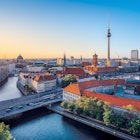
Nov 28, 2025 • 6 min read
Make the most of your time in Berlin, a city with much to see and do, with our ultimate guide to the best time to visit.

Nov 27, 2025 • 10 min read
Jordan is en enticing destination with incredible food, history and seaside beauty. This five-day plan promises equal parts culture and adventure.
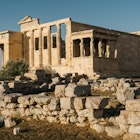
Nov 27, 2025 • 8 min read
Whether you're after the beach or a bargain, here's when to go to Athens, Greece.

Nov 27, 2025 • 9 min read
Morocco is a prime destination for outdoor adventurers, with mighty mountain ranges, a long coastline and a wealth of national parks. Here are the best.

Nov 27, 2025 • 6 min read
Singapore enjoys tropical summer vibes all year round, making it a joy to visit whatever you're planning to do. But pack an umbrella just in case.

Nov 27, 2025 • 6 min read
Getting around Milan needn't be a headache, even during rush hour. Here's our guide to navigating the fashion capital by bus, bike and train.

Nov 27, 2025 • 12 min read
The island of Sulawesi offers plenty of surprises, from fascinating cultural traditions to spectacular diving. Discover more with this 9-day itinerary.

Nov 27, 2025 • 11 min read
Every day in Vietnam is a feast. Here are the best things to eat and drink, from pho noodle soup to banh mi sandwiches and everything in between.
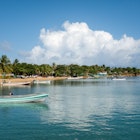
Nov 27, 2025 • 10 min read
Experience the best of Nicaragua – where horses pull wagons down the highway and volcanoes rise over forests and farms – with this guide.

Nov 27, 2025 • 5 min read
From volcanoes and beaches to colonial architecture and undeveloped beauty, here are the top places to visit.

Nov 27, 2025 • 6 min read
Set out on a memorable drive down to a mining town or up mountain peaks from a base in Lake Tahoe.

Nov 27, 2025 • 5 min read
This dazzling diverse country offers an array of transport options to help you traverse its grand expanse.

Nov 27, 2025 • 6 min read
The dazzling diversity of mountains, deserts, beaches and ancient cities in Morocco brings your senses to life.

Nov 27, 2025 • 7 min read
Nature doesn’t get more epic than around Yosemite National Park. These five drives show off the area's most dazzling scenery.

Nov 26, 2025 • 13 min read
This five-day road trip along the Blue Ridge Parkway lets you take in some of the East Coast's most stunning landscapes.
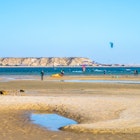
Nov 26, 2025 • 5 min read
From summer music festivals to winter skiing, plan the right time for your visit to Morocco with this seasonal guide.
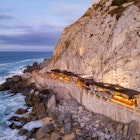
Nov 26, 2025 • 5 min read
Here are hotels offering a coastal getaway with mesmerizing marine life, beaches that stun and whatever mood you want to set.

Nov 26, 2025 • 9 min read
For historic lodges, grizzly bears and an intact pre-Columbian ecosystem, this road trip brings you 2 to 3 days of viewing splendor.
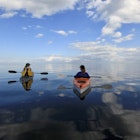
Nov 26, 2025 • 9 min read
A natural treasure just south of Miami, Biscayne National Park is a paradise of keys, mangrove swamps, coral reefs and more. Here’s a full guide.

Nov 26, 2025 • 11 min read
Yosemite, Sequoia and Kings Canyon National Parks have some of California's most majestic landsapes. Here's what to do at each stop.